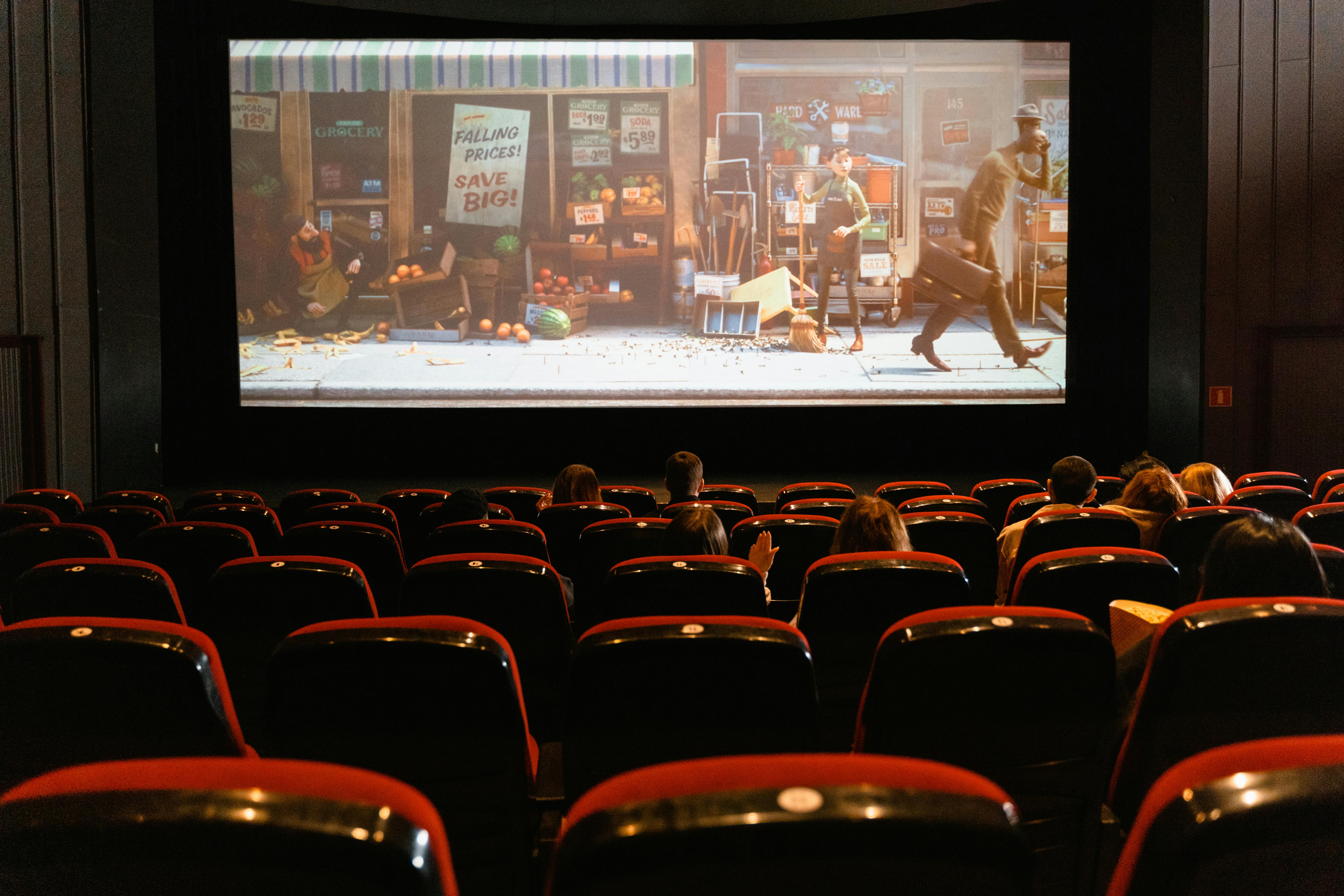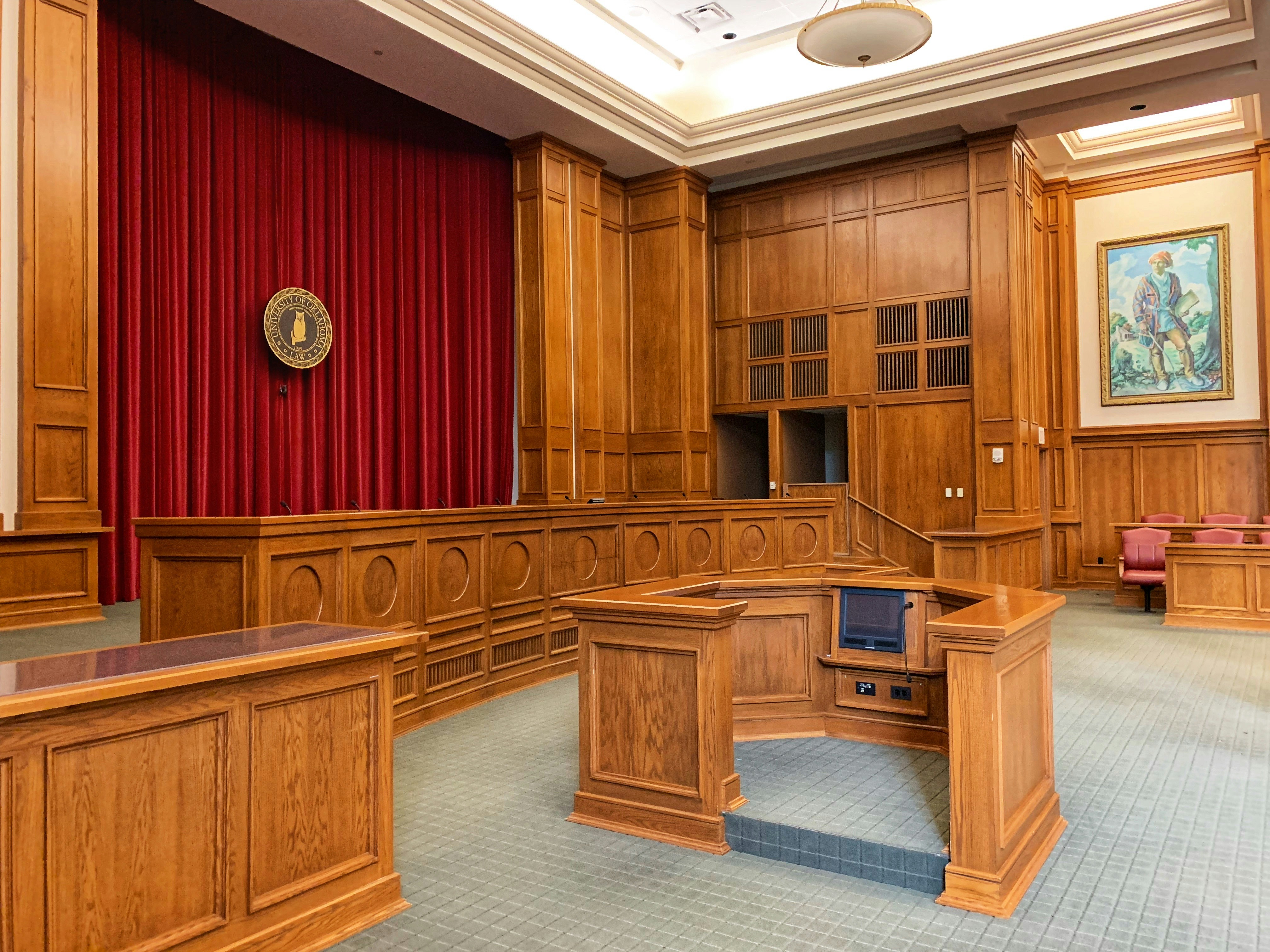Rediscovering the Charm: The Resurgence of Silent Cinema in the Modern Era
In the clamor and chaos of the digital age, a surprising trend has emerged, harking back to the early days of film. Silent cinema is experiencing a resurgence, rekindling the magic of visual storytelling and challenging the dominance of dialogue-driven narratives. This article delves into the history, current status, and potential impact of this intriguing artistic movement.

A Silent Past: The Birth and Evolution of Silent Cinema
Silent movies, characterized by their lack of synchronized recorded sound, were the first form of cinema. Born in the 1890s, they relied on visual storytelling, and often featured live music accompaniment. Silent cinema saw the rise of iconic stars like Charlie Chaplin and Buster Keaton, who captured hearts with their expressive performances. However, with the advent of “talkies” in the late 1920s, silent films fell out of favor, becoming relics of a bygone era.
A Quiet Revival: The Resurgence of Silent Cinema
In recent years, the film industry has seen a surprising revival of silent cinema. Directors and filmmakers are experimenting with this old format, exploring the power of visual storytelling without dialogue. Notable examples include Michel Hazanavicius’s Oscar-winning film ‘The Artist’ and Aki Kaurismaki’s ‘Juha.’ Both films creatively employed silence to tell compelling stories.
The Power of Silence: The Impact and Significance
The resurgence of silent cinema is more than just a nostalgic revival. It is a cultural shift that challenges the conventions of modern filmmaking. By stripping away dialogue, filmmakers force audiences to engage more deeply with the visual and emotional aspects of the story. This form of expression can be more inclusive, transcending language barriers and reaching a wider global audience.
A Silent Future: Current Developments and Looking Ahead
The silent film renaissance continues to gain momentum, with the rise of film festivals dedicated to this form. The Pordenone Silent Film Festival in Italy and the San Francisco Silent Film Festival in the USA are examples of platforms that celebrate and promote silent cinema. Moreover, silent films are increasingly being used as educational tools to teach film history and visual storytelling.
With the advent of advanced technology, silent cinema is also being redefined and expanded. Filmmakers are experimenting with innovative techniques like virtual reality, 3D animation and digital restoration to push the boundaries of this art form.
An Unspoken Resonance: Reflecting on the Silent Cinema Revival
The resurgence of silent cinema is a testament to the enduring power of visual storytelling. It challenges the supremacy of dialogue and sound, reminding us that cinema, at its heart, is a visual medium. As silent films continue to captivate audiences and inspire filmmakers, we can look forward to a future where the language of cinema is not just spoken, but also seen, felt, and deeply experienced.
In conclusion, the silent cinema revival is a rich and fascinating topic in the arts and entertainment world. It offers a fresh perspective on filmmaking, a unique insight into our cultural history, and an exciting glimpse into the future of visual storytelling.





